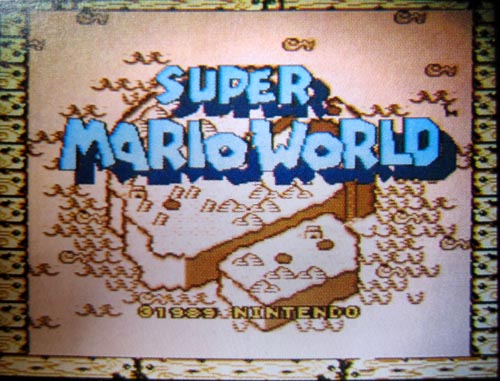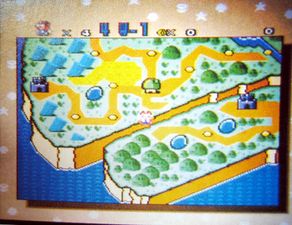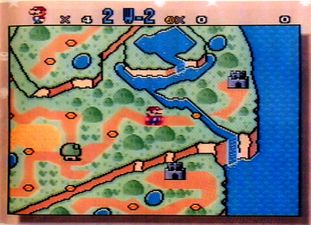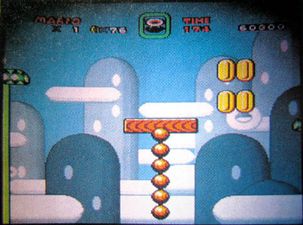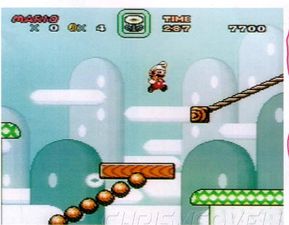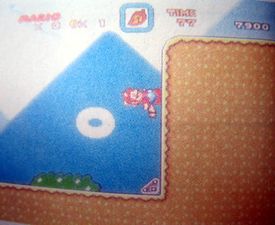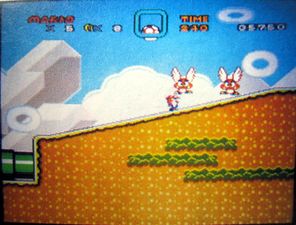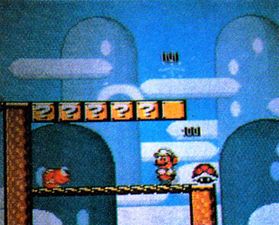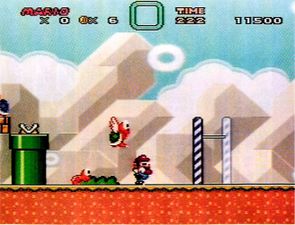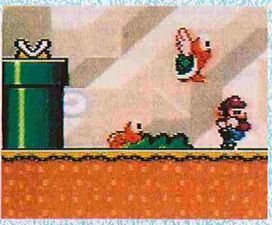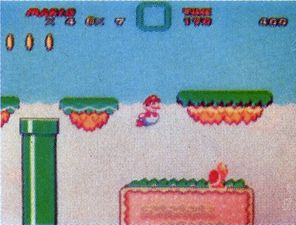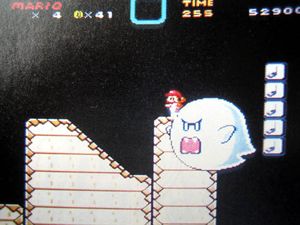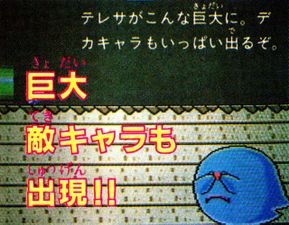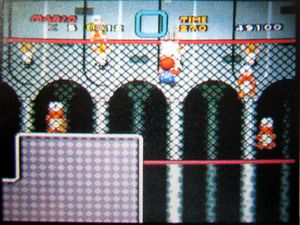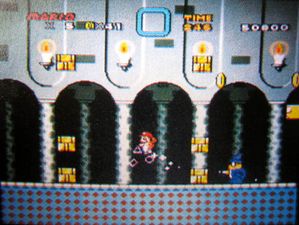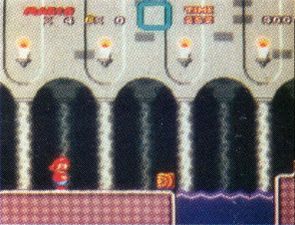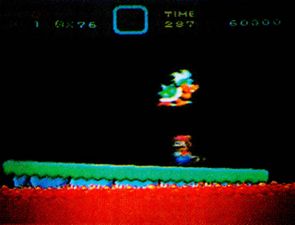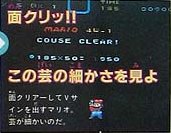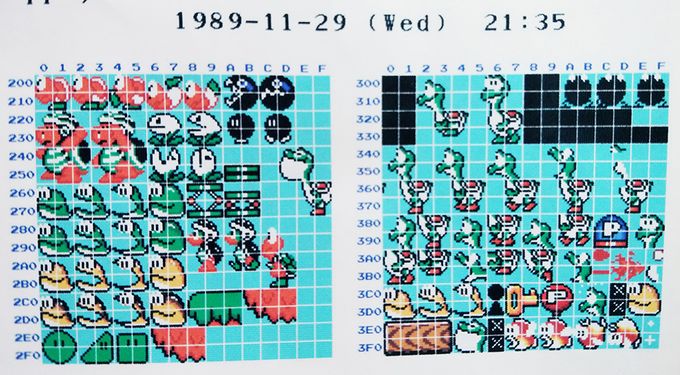Super Mario World (partially found early build of Super Nintendo platformer; 1989): Difference between revisions
mNo edit summary |
Happy Brian (talk | contribs) (Minor changes.) |
||
| Line 2: | Line 2: | ||
|title=<center>Super Mario World (1989 build)</center> | |title=<center>Super Mario World (1989 build)</center> | ||
|image=SMWProto Title.jpg | |image=SMWProto Title.jpg | ||
|imagecaption=A photo of the | |imagecaption=A photo of the build's title screen. | ||
|status=<span style="color:red;">'''Lost'''</span> | |status=<span style="color:red;">'''Lost'''</span> | ||
}} | }} | ||
'''''Super Mario World''''' is a 2D platforming game that was directed by Takashi Tezuka, produced by Shigeru Miyamoto, and released for the Super Famicon in Japan on November 21, 1990, and the Super Nintendo in North America in 1991 to universal praise and selling over 20 million copies worldwide. | '''''Super Mario World''''' is a 2D platforming game that was directed by Takashi Tezuka, produced by Shigeru Miyamoto, and released for the Super Famicon in Japan on November 21, 1990, and the Super Nintendo in North America in 1991 to universal praise and selling over 20 million copies worldwide. | ||
==Development== | ==Development== | ||
Development began in early 1987 making it one of the first games developed for the Super Famicon. The team witch had first around 16 people in it started off by porting the Nintendo Entertainment System game ''Super Mario Bro. 3'' to the Super Famicon so they could experiment with the new hardware, even though this was just a port it did feature better-looking sprites with more vivid looking colours they then use this port as the foundation for the whole game.<ref>http://shmuplations.com/supermarioworld An interview with Miyamoto and Tezuka</ref> | Development began in early 1987 making it one of the first games developed for the Super Famicon. The team witch had first around 16 people in it started off by porting the Nintendo Entertainment System game ''Super Mario Bro. 3'' to the Super Famicon so they could experiment with the new hardware, even though this was just a port it did feature better-looking sprites with more vivid looking colours they then use this port as the foundation for the whole game.<ref>[http://shmuplations.com/supermarioworld An interview with Miyamoto and Tezuka.] Retrieved 02 Oct '19</ref> | ||
==The 1989 Build== | ==The 1989 Build== | ||
| Line 50: | Line 49: | ||
SMW EarlyYoshi.jpg | SMW EarlyYoshi.jpg | ||
</gallery> | </gallery> | ||
==References== | |||
{{reflist}} | |||
[[Category:Lost video games]] | [[Category:Lost video games]] | ||
Revision as of 17:41, 2 October 2019
Super Mario World is a 2D platforming game that was directed by Takashi Tezuka, produced by Shigeru Miyamoto, and released for the Super Famicon in Japan on November 21, 1990, and the Super Nintendo in North America in 1991 to universal praise and selling over 20 million copies worldwide.
Development
Development began in early 1987 making it one of the first games developed for the Super Famicon. The team witch had first around 16 people in it started off by porting the Nintendo Entertainment System game Super Mario Bro. 3 to the Super Famicon so they could experiment with the new hardware, even though this was just a port it did feature better-looking sprites with more vivid looking colours they then use this port as the foundation for the whole game.[1]
The 1989 Build
The "1989 build" was shown off in a Japanise magazine in 1990 and shows many differences to the final game and many similarities between Super Mario Bros. 3 such as the sprites and enemies but the biggest difference is the fact that the "Raccoon Leaf" powerup in the build and is fully playable and that fact that the build only has 16 levels with means the world map is completely different.
Availability
Although the "1989 build" hasn't been seen since 1990, some photos and even video have surfaced over the years but the chance of the build ever seeing the light of day are very slim due to how Nintendo is about things like this leaking.
Videos
Gallery
Screenshots
- SMWProto Swimming2.jpg
Sprite Sheets
References
- ↑ An interview with Miyamoto and Tezuka. Retrieved 02 Oct '19
